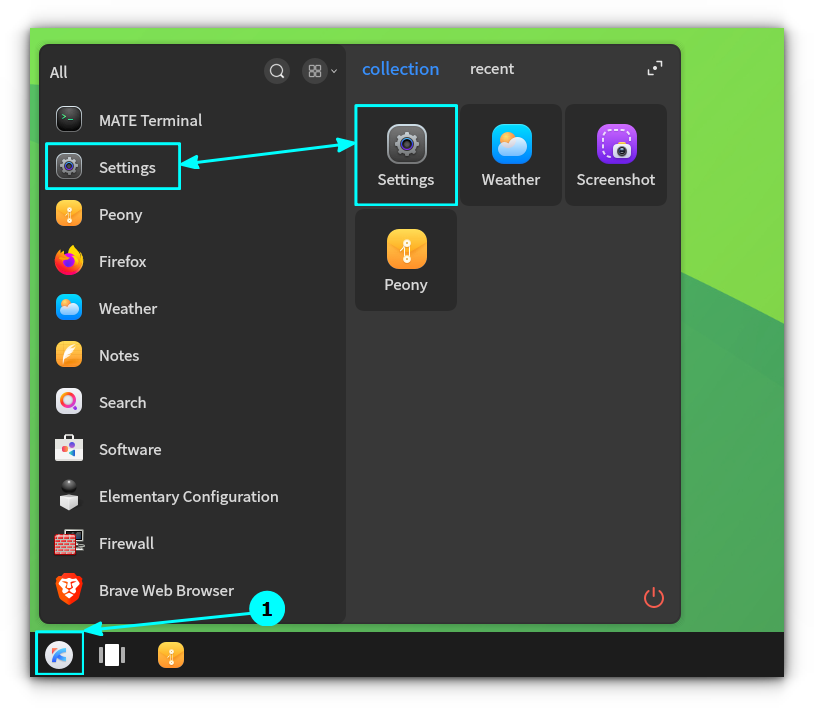
The Linux Kernel is written in C programming language, so C is the most important language for the Linux Kernel developer. Initially, the kernel was written in GNU C (now it is also possible to build it using LLVM) which extends standard C with some additional keywords and attributes. I would recommend learning some modern C version like C11 and additionally learning GNU extensions to be able to read kernel code effectively. Small, architecture-specific parts of the kernel and some highly optimized parts of several drivers are written in assembly language. This is the second language of choice. There are 3 main architectures nowadays: x86, ARM, and RISC-V. What assembly language to choose depends on your hardware platform.
You definitely should look at Rust which is gaining popularity in the Linux Kernel community as a more safer and reliable alternativeto C.
Linux is a highly configurable system and its configurability is based on the kernel build system, KBuild. Each developer should know the basics of KBuild and Make to be able to successfully extend/modify the kernel code. Last, but not least is shell scripting. It is hard to imagine Kernel development without command-line usage and a developer inevitably has to write some shell scripts to support their job by automating repetitive tasks.
Software environment
The Linux Kernel development is inextricably linked to the Git source control system. It is not possible to imagine nowadays the kernel development workflow without it. So, Git knowledge is a requirement.
Unless kernel developers run their kernel on specific/customized hardware – emulation is the best developer’s friend. The most popular platform for this is Qemu/KVM. A typical workflow looks like this: a developer introduces some changes to the kernel or a driver, builds it, copies it under a virtual environment, and tests it there. If all is OK, then the developer tests these changes on real hardware, but if something goes wrong, then the kernel under the virtual machine crashes. In this case, it is quite easy to just shut down VM, fix the error and repeat the development/debug cycle. If we didn’t have virtualization we would restart the real machine on each kernel crash and development time would increase in order of magnitude.

